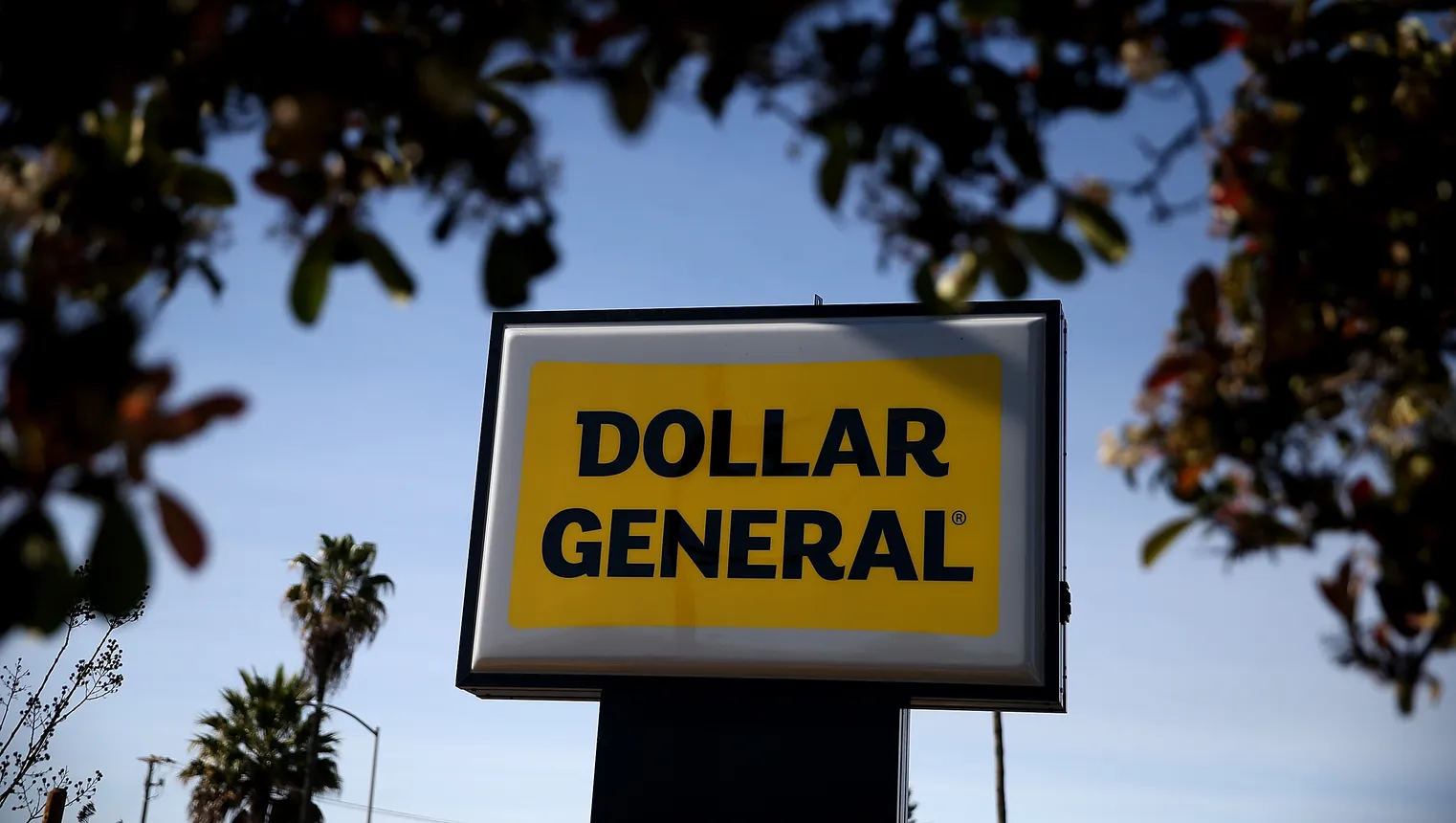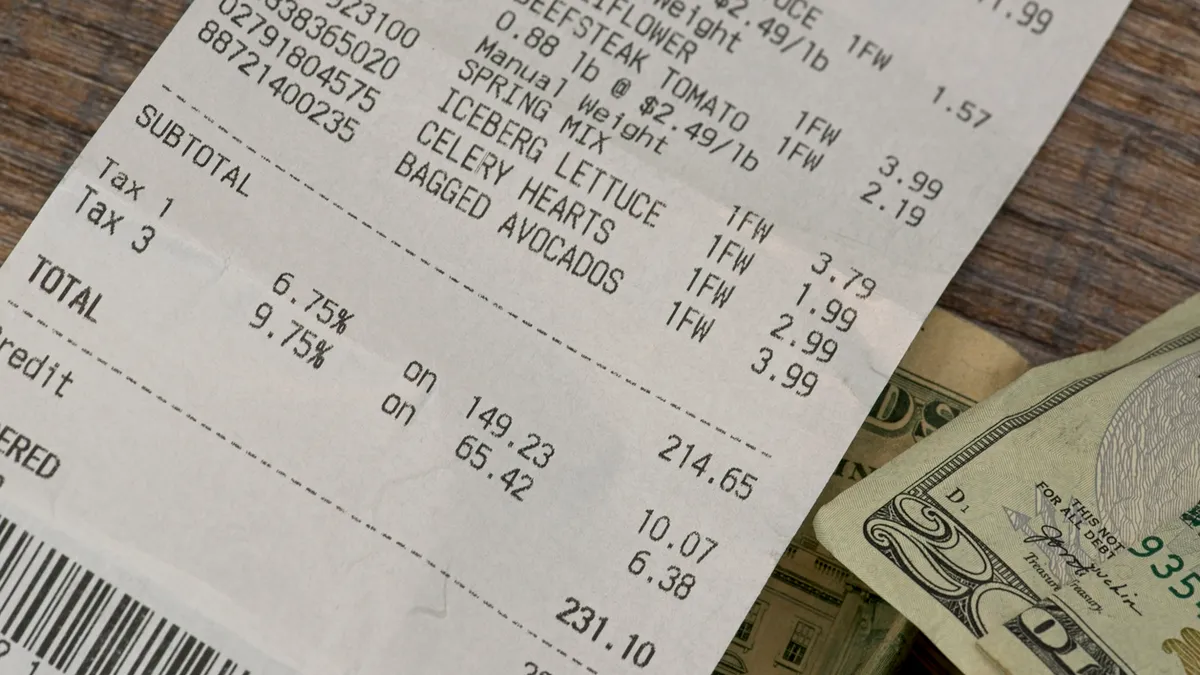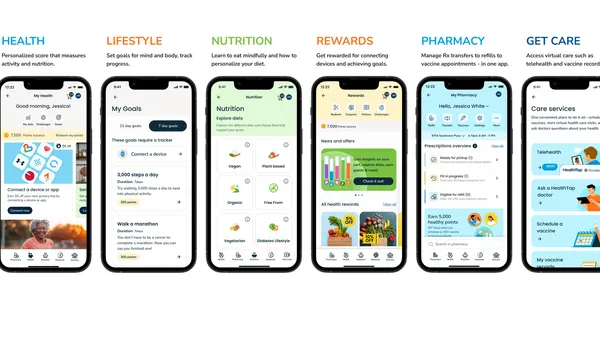Dollar Tree and Dollar General reported lackluster second-quarter results yet flagged consumables as growth areas.
Dollar General reported slower net sales and comparable sales growth in Q2 compared to the prior quarter.
Dollar Tree recorded lower-than-expected Q2 earnings partly due to underwhelming comparable store performance from its Dollar Tree banner, which saw a 1.3% same-store net sales increase during the quarter. The discounter’s Family Dollar banner’s same-store sales slipped 0.1% — in line with the company’s expectations.
As a result of their Q2 performance, both Dollar General and Dollar Tree lowered their full-year guidance.
While discounters have recently given grocers a run for their money in attracting price-sensitive consumers, Dollar Tree’s and Dollar General’s recent earnings show that even major discounters are coming under pressure.
“Importantly, despite a weaker sales environment for our core customer than we had anticipated, we continue to grow market share in both dollars and units in highly consumable product sales,” Dollar General CEO Todd Vasos said on the earnings call last week.
Financial headwinds
Executives from both discounters told investors during their recent earnings calls that macro pressures on consumer spending are hurting their financials.
“The majority of [our customers] state that they feel worse off financially than they were six months ago as higher prices, softer employment levels and increased borrowing costs have negatively impacted low-income consumer sentiment,” Vasos said, noting that the retailer has seen heightened promotional activity across the industry.
About 60% of Dollar General’s customer base have household earnings below $35,000 annually, Vasos said, noting that more customers are saying they are using credit cards for basic household needs.
“Inflation has continued to negatively impact these [lower-income] households, with more than 60% claiming they have had to sacrifice on purchasing basic necessities due to the higher cost of those items, in addition to paying more for expenses such as rent, utilities and healthcare,” Vasos said.
Middle- and higher-income households — consumers Walmart says it is increasingly attracting — aren’t feeling the same pressures as lower-income households, Vasos noted.

Dollar Tree Chief Operating Officer Mike Creedon said that demand from Family Dollar's core lower-income customer base has remained “weak” for several quarters. With over 40% of Family Dollar customers eligible for government assistance, including SNAP, Creedon noted that reduced SNAP benefits created a 60 basis point comp headwind for Family Dollar — better than the 280 basis-point impact in Q1 and the 500 basis point impact in Q4.
“We have cycled most of last year's benefit reductions and we believe the worst is now behind us,” Creedon said.
While the Dollar Tree banner caters to a wider consumer base that includes more middle- and upper-income households than Family Dollar, it saw “inflation, interest rates and other macro pressures have a more pronounced impact on the buying behavior of these customers” during the start of Q2, Creedon said.
Along with the same-store performance, the main financial hit for Dollar Tree came from higher-than-expected costs to resolve general liability claims, company executives said.
“Dollar Tree's comp softness was primarily on the discretionary side of the business and reflected the increasing effect of macro pressures on the purchasing behavior of Dollar Tree's middle and higher income-customers,” CFO Jeff Davis said.
Spotlighting consumables
In Q2, Dollar General saw a greater proportion of its sales come from the consumables category.
Growth in consumables fueled the discounter’s small comp sales increase in Q2, Vasos told investors, noting that the chain is continuing to grow its market share in both dollars and units in highly consumable product sales.
“We're not seeing any one competitor, mass or anywhere else, take our core customer. But what we did see was, at least in this quarter, the mass channel, especially those that are down South, actually did a lot better in gaining the share that was available in the marketplace. We didn't get our fair share of that,” Vasos said.
Dollar Tree has expanded its SKUs in food and household categories, and consumables comp increased for the Dollar Tree and Family Dollar banners, executives noted on the call.
In March, Dollar Tree announced plans to raise its price point, with items priced as high as $7 as it expands its “multi-price assortment.”
The Dollar Tree banner’s mix has shifted toward consumables in recent years with consumables increasing 210 basis points in Q2 to nearly 51%. During Q2, categories like candy, apparel, snacks and beverages were the best-performing areas for the banner, Creedon said.
For the Family Dollar banner, the beverage category performed especially well during the quarter, Creedon said.












